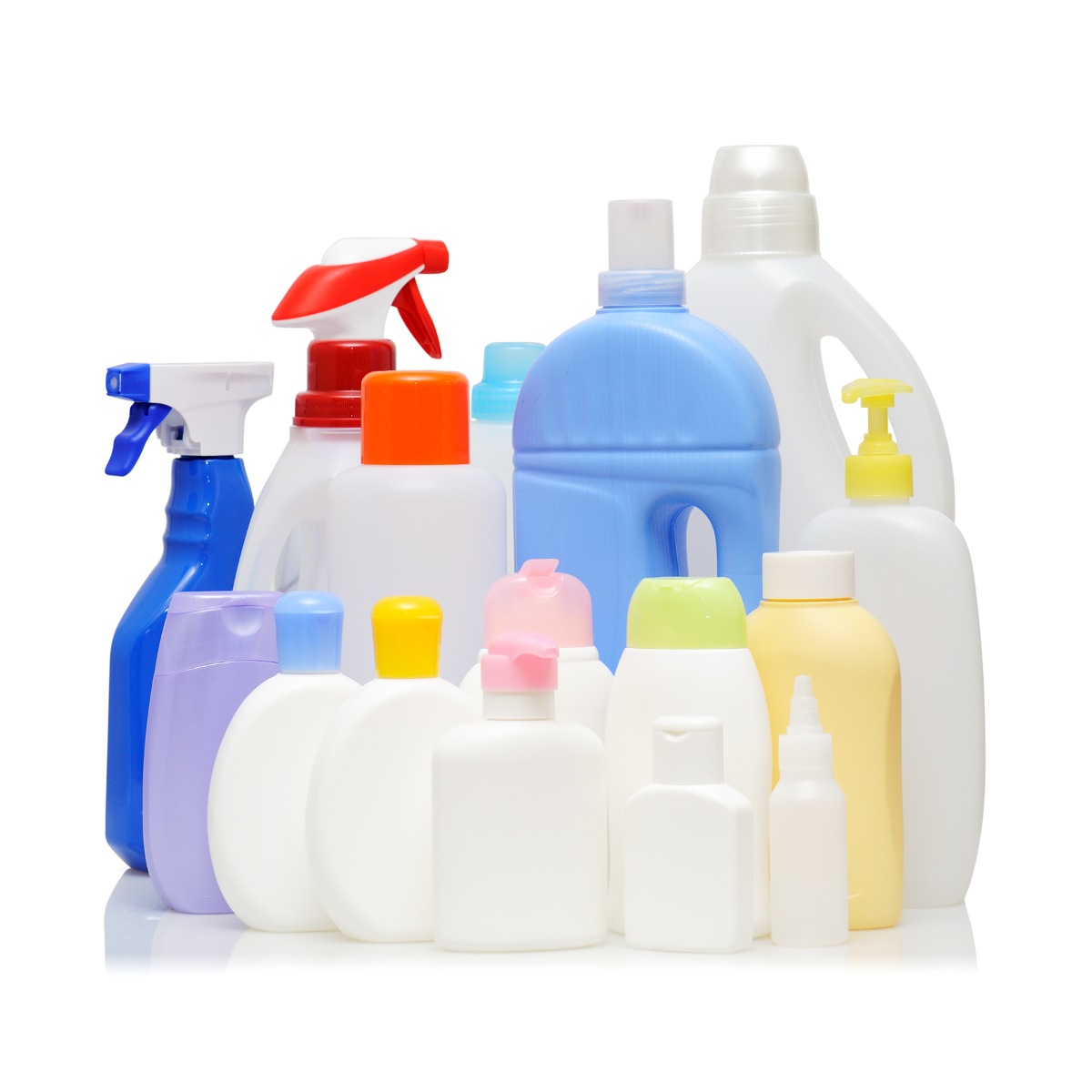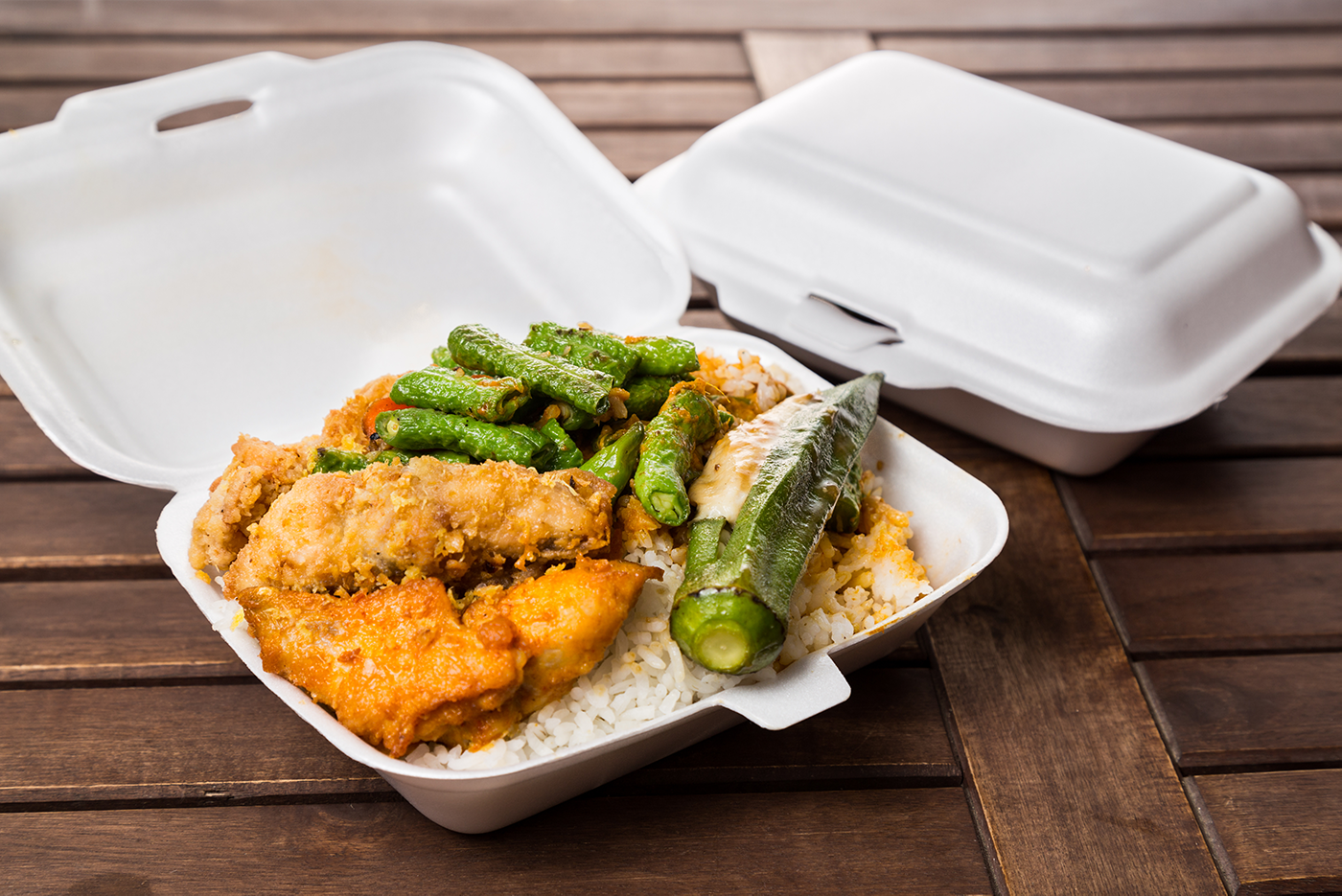Plastic Packaging Resins
Plastic resins are some of the most commonly used types of packaging materials. Chances are, you see some type of plastic packaging (sometimes called poly packaging) just about every single day – from plastic shopping bags and plastic food wrappers to poly mailers and poly air pillows. Many individuals may assume that each of these substances are created equally, but this is far from the case. There are a wide range of different types of plastic packaging resins used to manufacture the huge variety of poly materials.
This leads to a few all-important questions. Are all plastic packaging resins created equal? Are they used for the same purposes? Which types of resins should be used for what kind of packaging? For the first two questions, the short answers are simple – no. The longer answers for all three a bit more complicated. That’s why we’re diving into a few of the most common types of plastic packaging resins.
Low-Density Polyethylene (LDPE)
Low-density polyethylene material is frequently used to manufacture plastic films due to its high amounts of flexibility and durability. Because it offers so many premium benefits, it is used widely across the packaging industry. It boasts high clarity, making LDPE films an excellent choice for displaying products that need to be seen before the customer purchases them. We oftentimes see low-density polyethylene as a popular packaging resin choice for food packaging, shrink wraps, cleaning bags, and situations where the film requires heat sealing. It is resistant to acid, as well as many oils and greases.
High-Density Polyethylene (HDPE)
High-density polyethylene is one of the most popular choices for manufacturing plastic bottles and containers, like what you frequently find laundry detergents or shampoos and lotions stored and sold inside of. HDPE is used across just about every industry because of its wide range of benefits. You’ll often find it used as food storage, cosmetics packaging, cleaning supply containment, and more. This plastic packaging resin boasts incredible strength and durability, as well as chemical and solvent resistance, which makes HDPE an ideal option for formulated liquids and gels, especially as it can be made without colors or pigments when needed.
Polypropylene (PP)
Commonly used as a top choice of all the plastic packaging resins for flexible and rigid products, polypropylene (PP) is equipped with a high melting point. In addition, it also offers outstanding clarity and makes an exceptional vapor barrier. For these reasons, we frequently see PP utilized in food packaging, such as deli bags or even takeout trays and containers. Polypropylene is resistant to many chemicals and solvents, which means that it also helps to preserve freshness and good taste in the food it so often protects.
Polyethylene Terephthalate (PET, PETE)
Polyethylene terephthalate, also referred to as PET or PETE, is one of the more common plastic packaging resins found in the packaging industry. You’ve almost certainly used a PET bottle at some point, as it is an ideal resin for creating bottles that contain beverages like pop or sports drinks. PET plastic resins provide incredible durability, impact resistance, and moisture and gas barrier properties. All of these advantages work together to make the material a great option for containing and protecting carbonated beverages. You might also see PET and PETE resins utilized for injection-molded items, which is when plastic resin is formed into a certain shape and then left to cool and harden.

Polyvinyl Chloride (PVC, Vinyl)
Polyvinyl chloride, which you’ve likely heard referenced as either PVC or vinyl, is often used to create packaging supplies and equipment. This is because it can be crafted into either a rigid, sturdy form or made into a more flexible packaging. Both versions are well-known for their impressive stability and ability to withstand all kinds of wear and tear. Additionally, PVC is resistant to many chemicals and solvents, which means it can also be used for more heavy-duty applications like building and construction work. This plastic packaging resin is also sometimes used to manufacture bags that hold electronics, because of its good electrical properties.
Polystyrene
As one of the most unique plastic packaging resins available on the market, polystyrene offers the uncommon ability to be either rigid or foamed, making it immensely versatile. You’ll often see polystyrene used for protective or food packaging, thanks to its high melting point that allows it to handle warm liquids and hot meals. This means that many disposable coffee cups and carryout containers are manufactured from polystyrene foams. The rigid version of polystyrene is exceptionally durable and provides moisture barriers that make it a great option for short-term storage during the shipping and supply chain processes.

Choosing Between Plastic Packaging Resins
Every company, every product, and every application is different. Your needs are unique and here at IPS Packaging & Automation, we understand that better than just about anyone else. Now that you’ve got a baseline idea of the differences between each of the types of plastic packaging resins, give us a call at 800-277-7007 or contact us today and we’ll help you find the right poly bags, plastic sheeting, and other plastic packaging supplies to suit your specific requirements.


